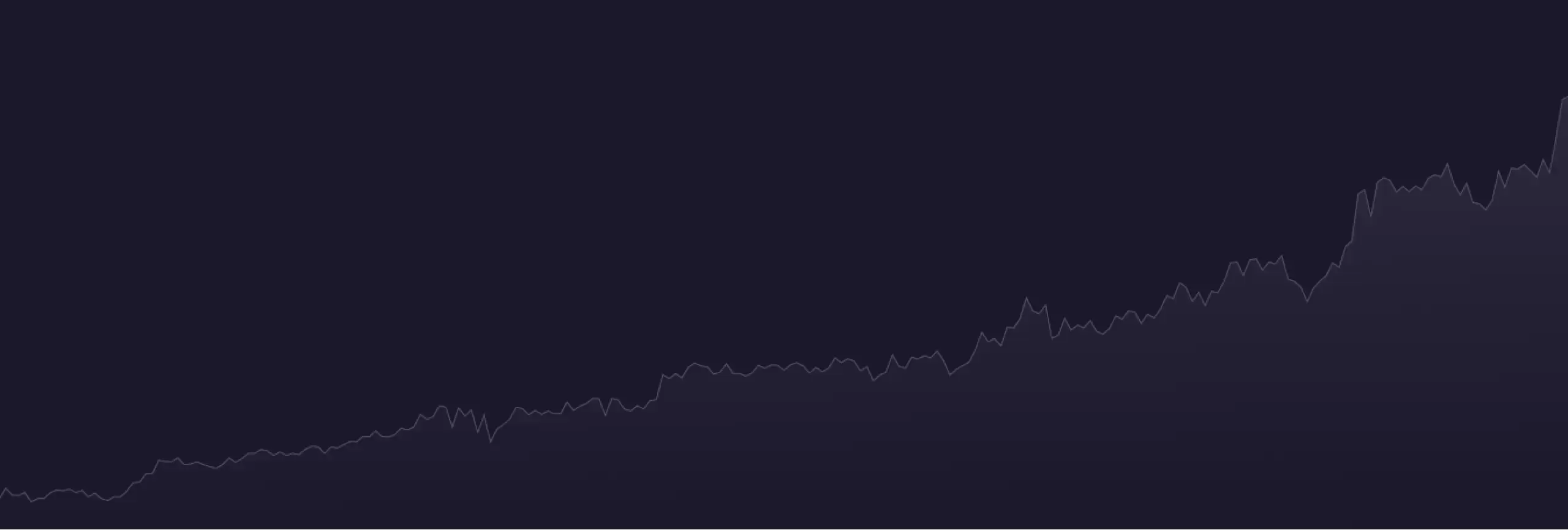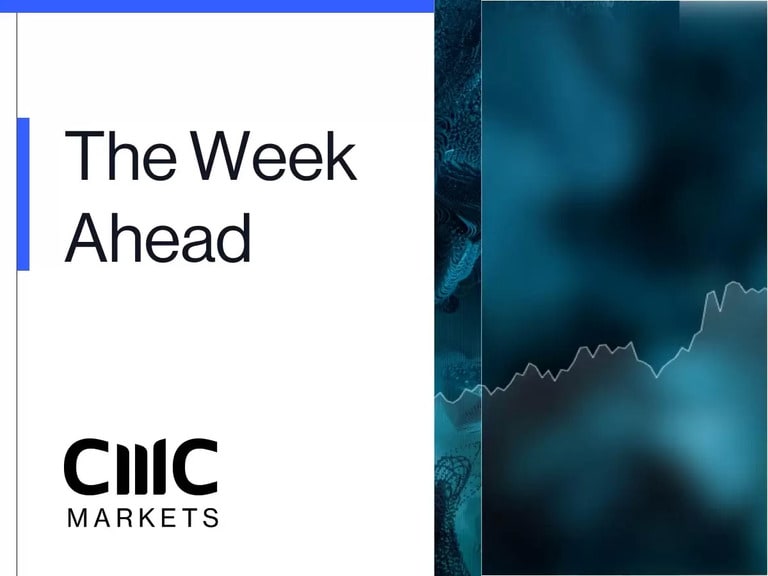
European markets have got off to a weak start to the month ahead of two important central bank rate meetings this week. With concerns over a lacklustre rebound for the Chinese economy increasing, after weak PMI data at the weekend, and the prospect of more monetary tightening from the ECB and Federal Reserve, investors are adopting a wait and see approach ahead of tomorrow’s Fed rate decision.
Europe
The FTSE 100 has slipped back, weighed down by the energy sector, as well as lower oil and gas prices, despite BP posting a solid set of Q1 numbers.
BP shares are among the worst performers after the oil and gas giant warned that lower oil and gas production, and a squeeze on its margins, could see a slowdown in Q2. Nonetheless it still managed to deliver a better-than-expected quarter for revenues and profits, with Q1 revenues coming in at $56.2bn, comfortably beating forecasts. Underlying replacement cost profits edged up to $4.96bn, a modest increase from Q4’s $4.8bn, but below last year’s $6.24bn.
The sector also isn’t being helped by falling oil and gas prices, with the price of UK and EU natural gas sliding to its lowest levels since July 2021. This will be a welcome boost to businesses if sustained, as well as consumers, although prices are still over double the level they were at the end of 2020.
Inevitably BP’s profits have prompted the criticism from politicians branding them as the “windfalls of war”, except for the fact that they aren’t given that natural gas prices are now well below the levels they were when Putin invaded Ukraine and have been for most of this quarter. If anything, it’s not the “windfalls of war” but windfall windbaggery and shows that our politicians across the divide are completely out of ideas when it comes to dealing with the challenges facing the UK economy. Shell’s share price is also lower ahead of its Q1 numbers which are due on Thursday.
Digital education provider Pearson is also tumbling after US peer Chegg warned ChatGPT AI that chatbots could threaten its growth in homework digital help services.
On the plus side, housebuilders are getting a lift after the latest Nationwide housing survey showed house prices rose by 0.5% in April, the first monthly increase since August last year, although annually they are still down by -2.7%. Persimmon is outperforming, with Barratt Developments also higher.
HSBC is also having a good day after announcing a better-than-expected set of Q1 numbers, with pre-tax profits rising to $12.9bn, and saying that they would be buying back $2bn in shares, and reinstating a quarterly dividend, announcing a payment of $0.10 share. The improvement was helped by the acquisition of Silicon Valley Bank’s UK operations which the bank bought for a £1 and which didn’t find any “nasty surprises”, booking a provisional profit of $1.5bn The bank did set aside a further $432m in respect of loan loss provisions.
US
With the Fed meeting starting today, US markets have opened lower as investors look towards tomorrow’s decision and how many more rate hikes, we can expect to see in the coming months. The RBA’s surprise hawkish pivot today has created a little bit of caution about the type of guidance we might see tomorrow.
On the data front the latest numbers for US job openings showed a fall to just shy of 9.6m, from 9.93m in February.
US banking stocks are in focus after JPMorgan Chase secured the purchase of First Republic Bank over the weekend, which it is hoped, will finally draw a line under the saga of the US banking crisis of the last two months. The likes of PacWest, and New York Community Bank shares have seen a mixed response in the last couple of days, in the aftermath of the weekend rescue.
Uber shares have jumped to a 2-month high after the ride-sharing company saw a surprise beat in Q1 revenues of $8.82bn. Gross bookings for Q1 came in line with forecasts at $31.41bn, with deliveries coming in at $15.03bn, while mobility came in at $14.98bn. The company still saw a net loss of $157m, or $0.08c a share. On guidance for Q2 Uber was upbeat projecting gross bookings of between $33bn and $34bn, while adjusting EBITDA estimates up to between $800m and $850m.
The roller coaster ride when it comes to Tesla new car prices has continued today after the electric car company announced it was increasing prices on its Model 3 and Model Y in the US, China, Canada, and Japan. Coming so soon after the company announced price cuts it is becoming increasingly difficult to keep track of where prices might go next, even though prices are still down from the end of last year. This urge to constantly tinker with prices could prompt consumers to hold off their purchase in the hope that prices will come down later. It also feeds resentment amongst those who may have also paid a higher price. It might be worth Tesla settling on a price point and sticking with it for more than two weeks to create a semblance of stability.
FX
The US dollar is broadly positive today ahead of the conclusion of tomorrow’s Fed meeting, although it has slipped back against the Australian dollar and Japanese yen.
The Australian dollar is the best performer after the RBA unexpectedly raised rates by 25bps to 3.85% in a move that caught the markets off balance. For quite some time now the Australian central bank has leaned more towards the dovish side, it was the first central bank to signal a pause back in November, however it has come under fierce criticism in recent weeks for being too slow in spotting the inflation surge seen at the end of 2021, and through 2022. This appears to have stung and today’s hawkish turn appears to suggest that the criticism has hit home, however in being so hawkish there is a risk of a policy mistake if they tighten too hard and unsettle the housing market.
The euro is in the middle of the currency pack despite core inflation slipping back to 5.6% in April, from 5.7% in March. Headline inflation edged higher to 7%, a slight increase from March’s 6.9%. While this modest slowdown in core prices was expected it remains an each-way bet as to whether the ECB will go for 25bps hike on Thursday or go by 50bps.
Weakness in oil prices is weighing on the Norwegian krone and Canada dollar.
Crude oil prices have remained under pressure this week, sliding to 5-week lows, having seen two successive weeks of declines, with concerns over a rebound in Chinese demand continuing after a weak manufacturing survey for April at the weekend.
Gold prices have continued to struggle above the $2,000 an ounce level, failing to consolidate a move above that level every day of last week, slipping back to support just above the $1,970 area. With US 2-year yields still above 4%, it will be very difficult for gold to advance unless the pressure comes off US treasuries. Tomorrow’s Fed meeting could well be the catalyst for a fall in yields and a move higher in gold prices.
Away from gold, prices of silver, platinum and palladium are all under pressure on the back of concerns over weaker global demand.
Volatility.
Price action was limited on Monday owing to the closure of many global markets, but Sony proved itself to be something of an outlier. At the end of last week, the tech and entertainment giant saw its shares sell off noticeably in the wake of a weaker than expected outlook despite some upbeat sales figures. It was however the subsequent relief rally that stood out as the new week go underway, with a one-day vol print of 76.31% being recorded against a one month reading of 29.3%.
Soft commodity prices proved to be something of a highlight following a somewhat mixed session. Sugar continues to give back some of last week’s gains although remains above the 25 cents per pound level. One day vol here came in at 57.33% against 46.26% for the month. However, both corn and wheat prices recovered from mid-session lows which had been driven by concerns that overplanting could impact market conditions later in the year. One day volatility on corn sat at 31.53% against 22.56% on the month, whilst wheat printed 44.04% versus 32.73%.
Fiat currencies were left looking somewhat becalmed, but cryptos made up for this. Bitcoin sold off noticeably in Monday’s early trade, crashing below the $29,000 mark and leaving it as the most active trade in the asset class. One day vol on Bitcoin against the US Dollar was recorded at 47.81% against 42.05% for the month.
Disclaimer: CMC Markets is an execution-only service provider. The material (whether or not it states any opinions) is for general information purposes only, and does not take into account your personal circumstances or objectives. Nothing in this material is (or should be considered to be) financial, investment or other advice on which reliance should be placed. No opinion given in the material constitutes a recommendation by CMC Markets or the author that any particular investment, security, transaction or investment strategy is suitable for any specific person. The material has not been prepared in accordance with legal requirements designed to promote the independence of investment research. Although we are not specifically prevented from dealing before providing this material, we do not seek to take advantage of the material prior to its dissemination.






















